TRAINING MANUAL DIGNITY BUS
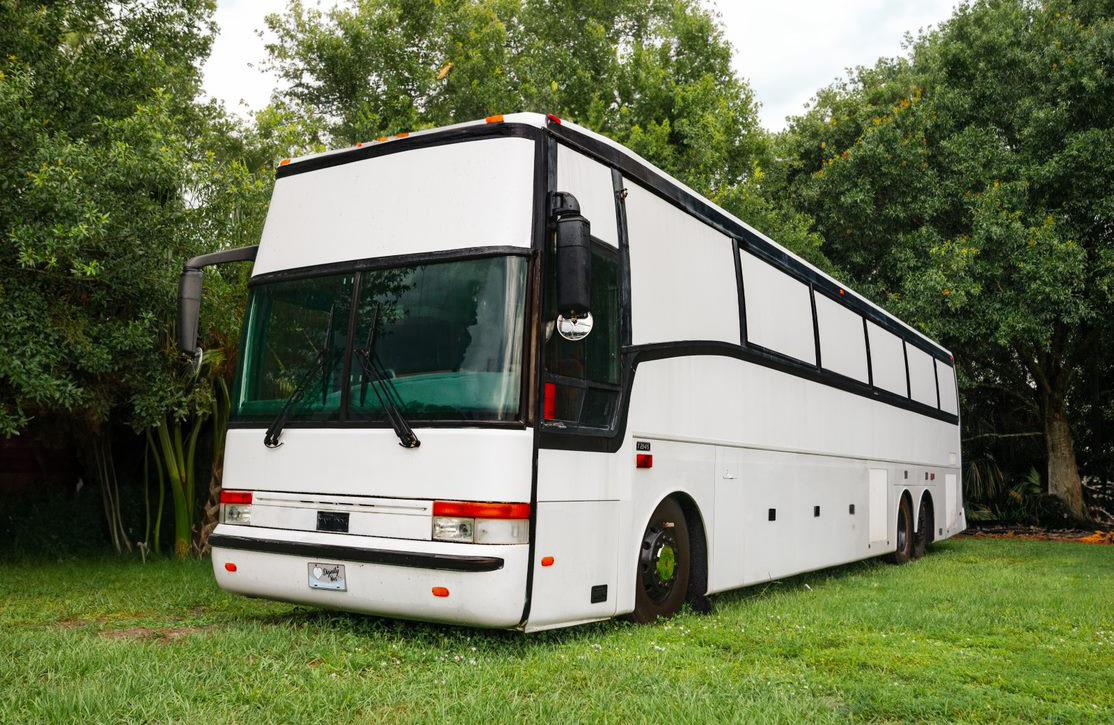
INDEX Welcome from Anthony Zorbaugh �������������������������������������������������������������������������������� 3 The Back Story ������������������������������������������������������������������������������������������������������������ 4 The Bus Recap ������������������������������������������������������������������������������������������������������������ 6 Procedures ������������������������������������������������������������������������������������������������������������� 7-8 Layout and Special Features ����������������������������������������������������������������������������������������� 9 Safety Measures �������������������������������������������������������������������������������������������������������� 10 Daily Operations Checklist ������������������������������������������������������������������������������������������ 11 Maintenance of the Dignity Bus������������������������������������������������������������������������������������ 12 Deep Cleaning Schedule �������������������������������������������������������������������������������������������� 13 Maintenance and Repair �����������������������������������������������������������������������������������������14-15
INDEX Stocking Suppies ������������������������������������������������������������������������������������������������������� 16 Logistics ������������������������������������������������������������������������������������������������������������������� 17 Guest Maintenance ���������������������������������������������������������������������������������������������������� 18 Partnerships �������������������������������������������������������������������������������������������������������������� 19 Reporting ���������������������������������������������������������������������������������������������������������������� 20 Training for Staff ��������������������������������������������������������������������������������������������������������� 21 Resources and Support ���������������������������������������������������������������������������������������������� 22
Whenyou read the “Dignity Bus® Training Guide,” you’ll discover why we embarked on the journey to create a Mobile Overnight Emergency Shelter using a bus concept. Through basic thinking, research, partnerships, and a love for humanity, we achieved what we have today.
In 2020, The Source, a Christian Ministry for the poor and homeless in Indian River County, Florida, sought ways to provide comfortable and secure overnight shelter for vulnerable individuals.
The name Dignity Bus® reflects our belief in helping the poor and homeless regain dignity in their lives, one program at a time, leading them towards independence.
We hope our new partnership and shared lessons will guide your journey, just as it did for us!
Anthony Zorbaugh Executive Director at The Source

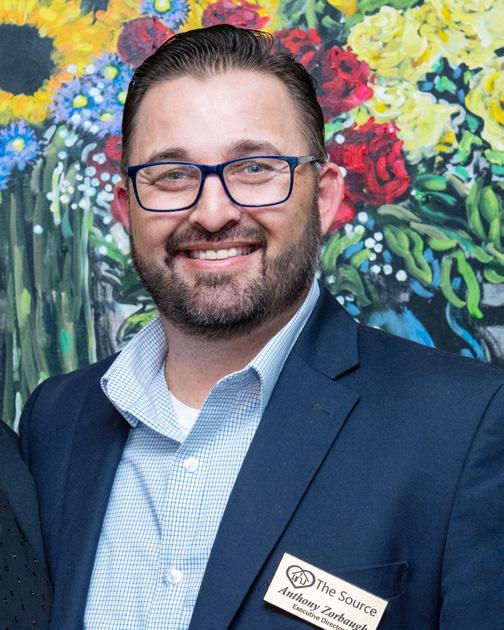
THE BACK STORY
In the years leading up to the launch of the Dignity Bus® in 2021, a generous donor offered to donate a used motorcoach (passenger bus) to The Source. We saw this as an opportunity to transform the bus into a mobile shelter. Inspired by customized tour buses used by rock bands, we envisioned creating “beds on wheels.” However, we couldn’t find any existing sleep buses for the homeless in the United States. After researching, we discovered a similar concept in Europe called the “easy sleeper night bus,” which was both comfortable and maneuverable.
Our maintenance team stripped down the motorcoach to ensure its stability before making any major renovations. Unfortunately, we found significant water damage, but salvageable parts that we could remove and use in a better vehicle.Through further research, we located a suitable passenger bus in another state and purchased it, driving it to our location in Florida. We also found a nearby fabrication company specializing in custom bus conversions that could help us achieve our vision. After five months of hard work, our first Dignity Bus® was successfully launched.
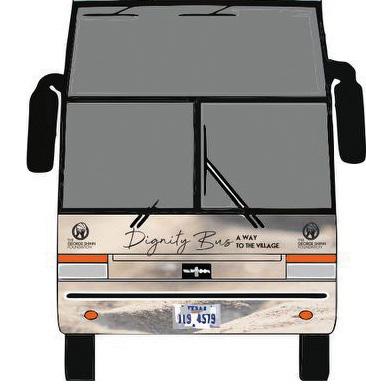
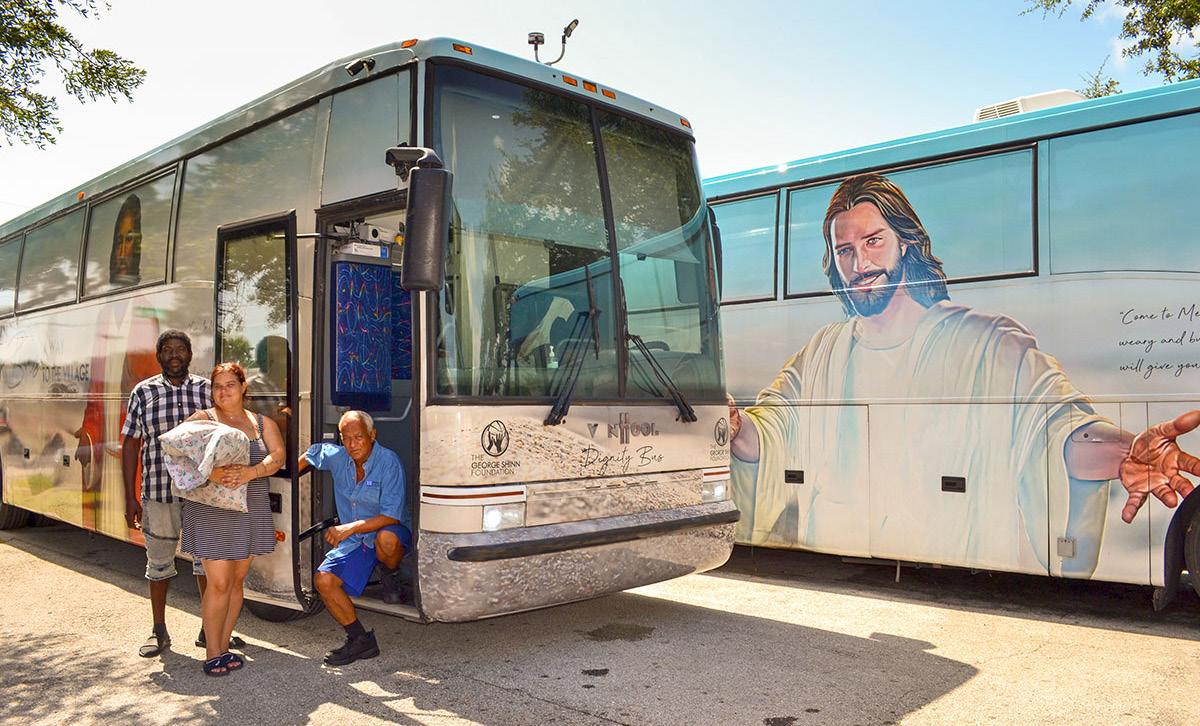
DIGNITY BUS RECAP
• A couple of years have passed since the launch of our first two Dignity Buses®.
• We’ve undergone personnel changes and successfully recruited drivers through social media and website advertising.
• The exterior of the buses has incurred scratches and dents, leading us to temporarily take them off the street for beautification and mechanical repairs.
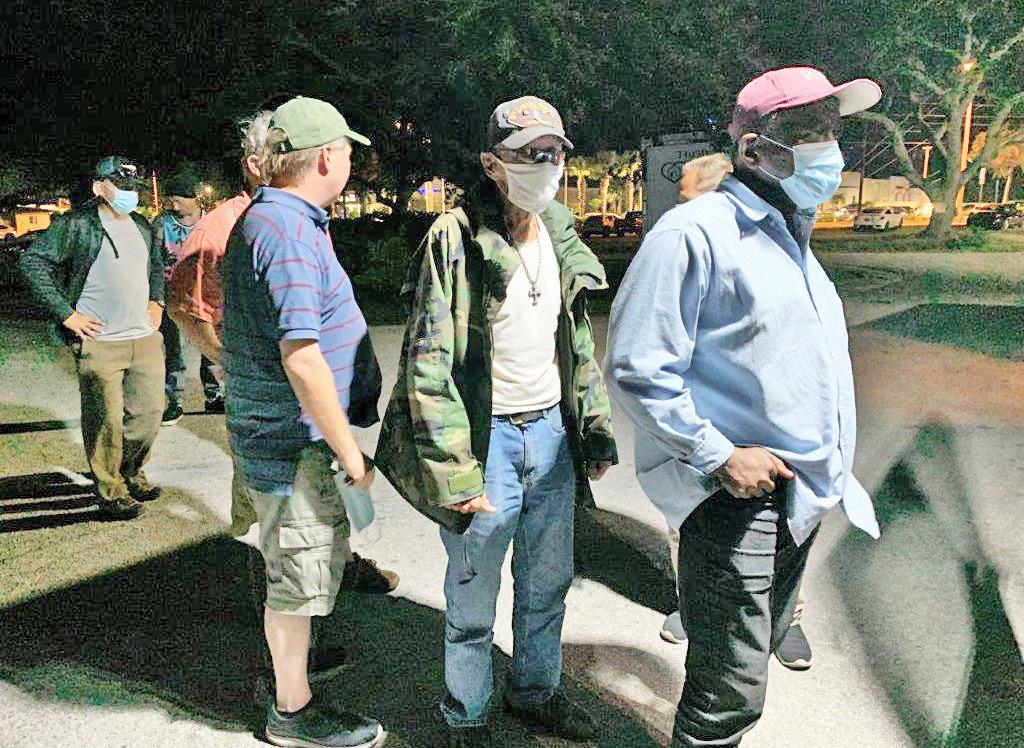
• We’re grateful for ongoing donations that support materials, maintenance, and other expenses.
• Our members now have a safe and secure place to sleep, and we consistently operate at full capacity.
• Members have enjoyed a comfortable night’s sleep, along with hot showers and complimentary breakfast.
• As word spread through networking and media outlets, we started receiving invitations to bring the Dignity Bus® to conventions and other cities to share our concept.
PROCEDURES
a Bus staff arrives at 8:45PM and receives the key from the Administrator’s Office.
a They conduct a thorough check of the bus for damages.
a The bus is started for cooling before loading begins at 9PM.
a The electrical plug is connected from the building to the bus, and the bus breaker is turned on.
a The battery switch is turned on first, followed by the ignition switch to allow pressure to build in the bus for flushing the toilet.
a A walkthrough of the bus is done to check lights, AC, smells, hand sanitizer, etc.
a The client list is received from the evening staff and reviewed to identify program students and late-working individuals who are excused.
a The cargo area is opened for luggage, and members are provided with luggage tags.
a The loading process begins, with clients presenting their receipts one at a time.
PROCEDURES
a The bus driver monitors as members remove their shoes and directs them to their assigned bunk.
a The process continues until everyone is loaded, usually by 9:30PM.
a Assessment of no-shows is done, and the waitlist is filled on a first-come, first-served basis.
a Payment and records are collected.
a By 10PM, anyone excused for working reasons is no longer admitted.
a Bus doors are closed, and staff ensures that curtains are completely shut by walking through the aisle.
a Periodic walkthroughs are conducted during the night to ensure safety.
a At 6AM, a wakeup call is made to each individual bunk.
a As clients leave, they strip their beds and take the bedding with them for laundry drop-off.
a Staff monitors the safe removal of luggage and ensures nothing is left behind.
a Intake process (further details needed to provide a simplified and improved version)
LAYOUT AND SPECIAL FEATURES
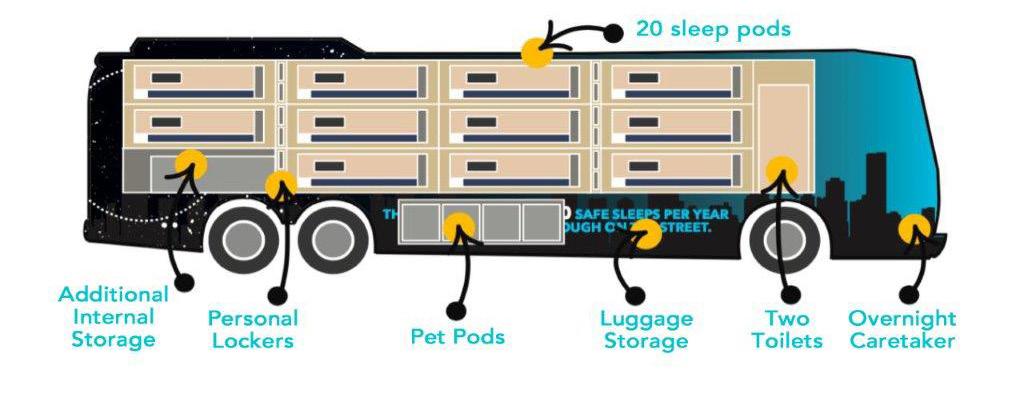
SAFETY MEASURES
Comprehensive guide on safety measures in place, how to use safety equipment, and emergency protocols�
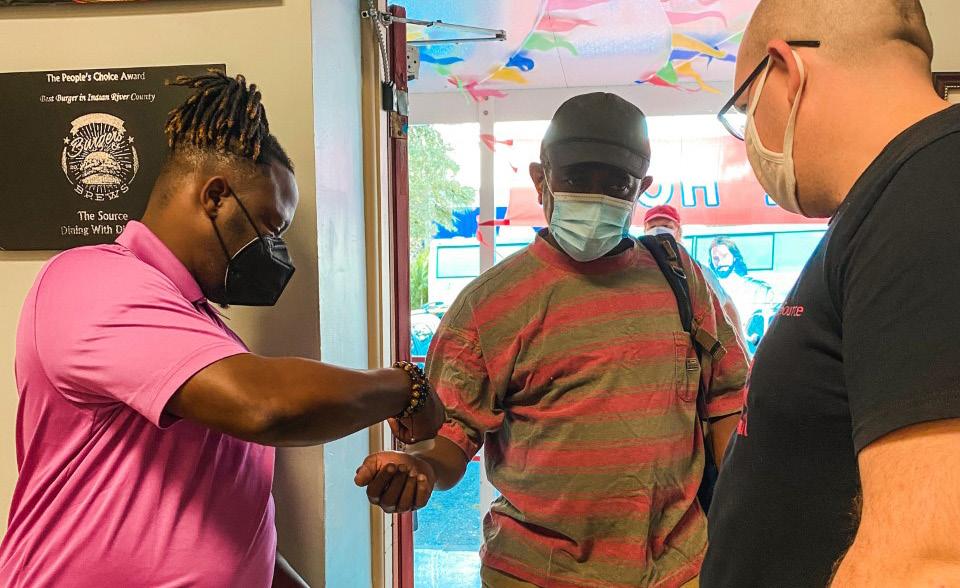
Evening staff is assessing clients who are waiting for the bus to ensure this will be a safe experience for all members� If an individual does show up intoxicated then they are assessed to see if they will pose a problem� We do not immediately disqualify you for intoxication, however if it becomes a disturbance the individual will be asked to leave and given a warning�
In case of emergency all of the windows open and there is a safety hatch on the ceiling�
DAILY OPERATIONS CHECKLIST
A checklist of daily tasks to ensure smooth operations.
After the bus driver leaves, the staff initiates the laundry and cleaning/sanitization process for the bus� They go through the client list from the previous night to check for any comments or no-shows� If there are any comments or incidents reported, the staff applies a 7-day ban to the individuals involved� An email is sent to the staff to inform them of any identified issues or important information�
Next, the staff begins accepting payment for beds on a first-come, firstserve basis, after allowing program participants to enter the list for free� Those who are going to arrive late for work need to provide paperwork from their employer as proof� Once the beds are filled, the staff starts collecting names for the waitlist, which has a maximum limit of 8 individuals�
Anyone who pays for a bed receives a receipt, which they must provide upon boarding the bus at night� This receipt serves as proof of payment�
By 10 AM, the leadership staff conducts a double-check of the bus’s condition to ensure it is ready for the next night’s operations� This check ensures that the bus is clean, well-stocked, and prepared to provide a safe and comfortable environment for the passengers�
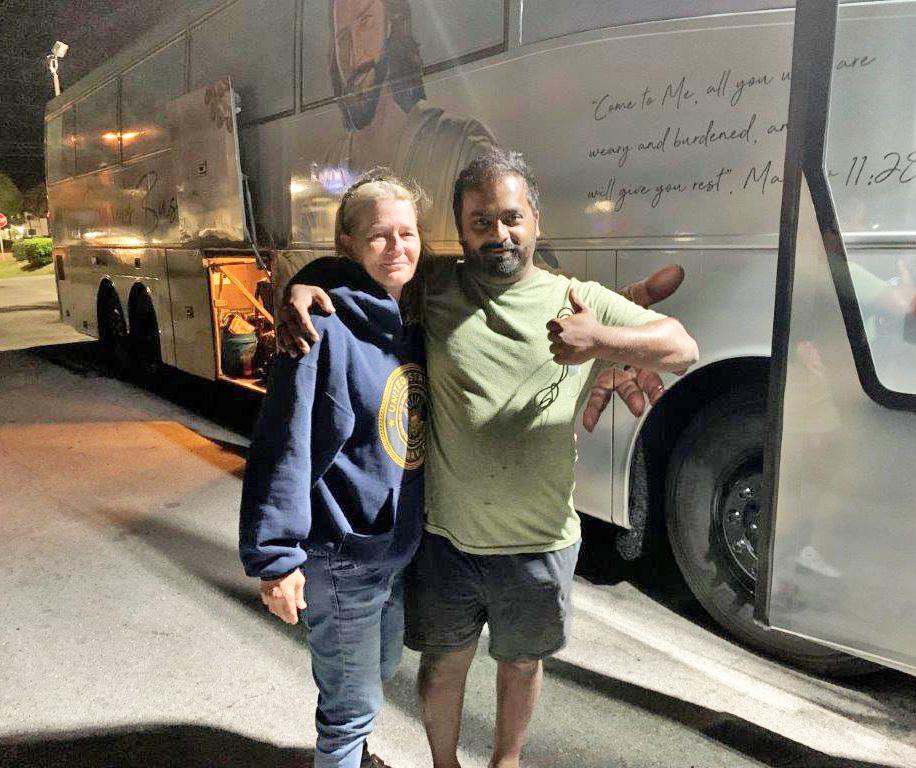
MAINTENANCE OF THE DIGNITY BUS
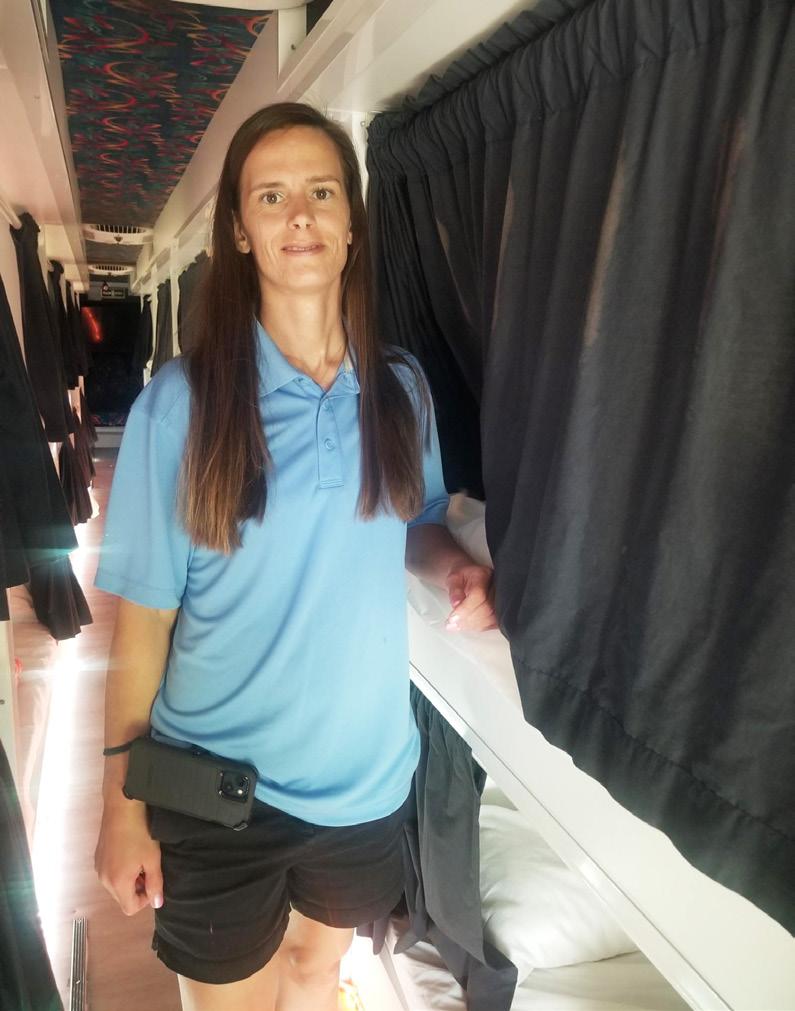
Daily Cleaning Procedures: Detailed guide on daily cleaning procedures, including what products to use and where�
(CLEANING CHECKLIST) + pet cage cleaning
DEEP CLEANING SCHEDULE
Deep Cleaning Schedule and Procedures: Schedule and procedures for deep cleaning, including any equipment required�
Deodorize – copy verbiage from website� Brevard place� Indoor Air & Odor

MAINTENANCE AND REPAIR
Clear instructions on basic maintenance tasks, identifying potential problems, and when to call in professionals for repairs.
Gas up the vehicle: This involves refueling the vehicle with gasoline to ensure it has an adequate fuel supply�
Cleaning the rooftop AC: The rooftop air conditioning unit is cleaned on a daily basis to remove any dirt, debris, or potential blockages that could affect its efficiency�
Dumping toilet: This refers to emptying the waste water tank of a toilet system in a vehicle� The process involves connecting a hose from the waste water tank in the rear of the vehicle to a lift station, allowing the waste to be properly disposed of�
Cleaning solution: After emptying the waste water tank, a cleaning solution is poured through the system to ensure it is thoroughly cleaned�
Flushing: Once the cleaning solution has been used, the system is flushed again with water to remove any remaining residue�
Water and odor solution: After the cleaning process, water and an odor solution are added to the water tank to provide a fresh and pleasant experience during future toilet usage�
MAINTENANCE AND REPAIR

Filling the water tank: Two five-gallon buckets’ worth of water are added to the tank to replenish the water supply for the next night or future use�
Generator maintenance: The generator is serviced and its oil is changed every 90 days� This regular maintenance ensures the generator remains in good working condition and ready for use in emergency situations�
Emergency generator usage: The generator is intended to be used solely in emergency situations, rather than for regular or continuous operation�
Please note that if you have any specific questions or if there’s anything else you’d like to know, feel free to ask!
Continued
STOCKING SUPPLIES
List of required supplies, recommended vendors, and a schedule for checking and replenishing stock.
• Compact Toiletpaper - One ply.
• This is important: Orange solution for toilet — TST MAX
• Anti-Bacterial wipes
• Trashcan liners
• Jumper Cables
• Linens
• Pillows
• Mattress Covers
• Pillow Protectors
• Fitted Flattened blanket
• Broom/Swiffer Sweeper Mop/ Handheld vacuum with tightened nozzles.
• Papertowel for cleaning hand sanitizer for bathroom
• Bleach / Laundry Detergent to wash linens
• Pet Cages
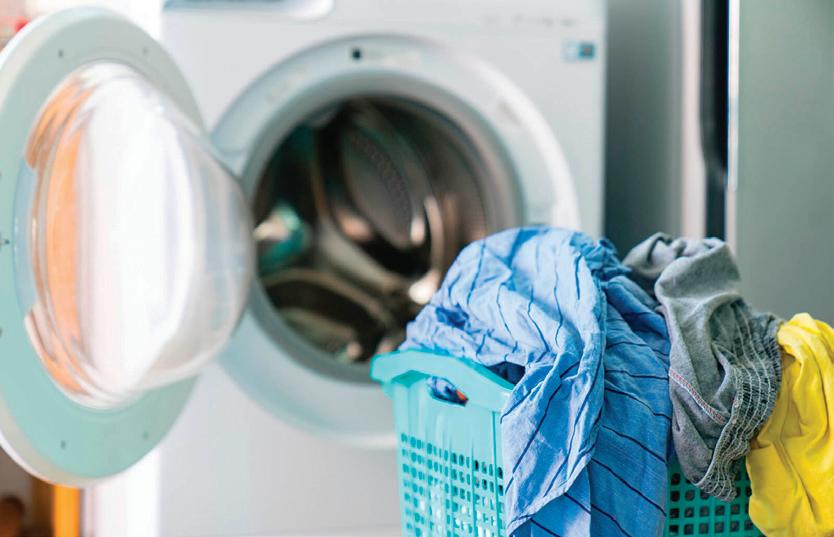
LOGISTICS
Scheduling: Guidance on setting up hours of operation and staff shifts, including considerations for holidays and special events.
Scheduling: Guidance on setting up hours of operation and staff shifts, including considerations for holidays and special events�
Operations: BUS from 9PM - 7AM�
We are open 365 days a year�
Building opens and Registration begins at 7:30AM Day staff work from 7:30 - 5PM
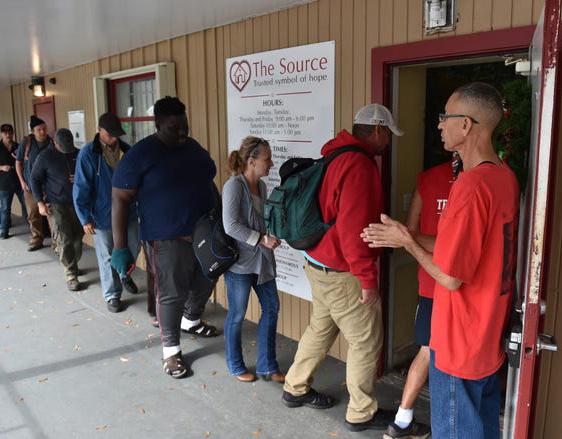
Evening staff only for paid bus participants from 5pm - 9pm�
Waitlist individuals do not stay at that time�
GUEST MANAGEMENT
Procedures for the intake process, setting and enforcing rules for guests, and handling difficult situations.
• The Dignity Bus is available on a first-come, first-served basis�
• Members who reserve a sleeping pod on the Dignity Bus pay a $2 fee�
• After arriving at the bus for check-in, members will not be able leave and return�
• Boarding begins at 9:00pm and ends at 10:00pm�
• Members can store their tagged and marked belongings under the bus�
• Storage is also available for companion animals�
• Alcohol, drugs, paraphernalia, and food are not permitted on the bus or around The Source facility�
• Arriving intoxicated is strongly discouraged�
• If a member is under the influence, but not disorderly, they may board the bus�
• Disorderly members will be asked to exit the bus�
• Members are required to follow these guidelines, or they will be banned from using the Dignity Bus�
PARTNERSHIPS
Tips for collaborating with local organizations for additional support and resources.
Deodorizing - Does it for free�
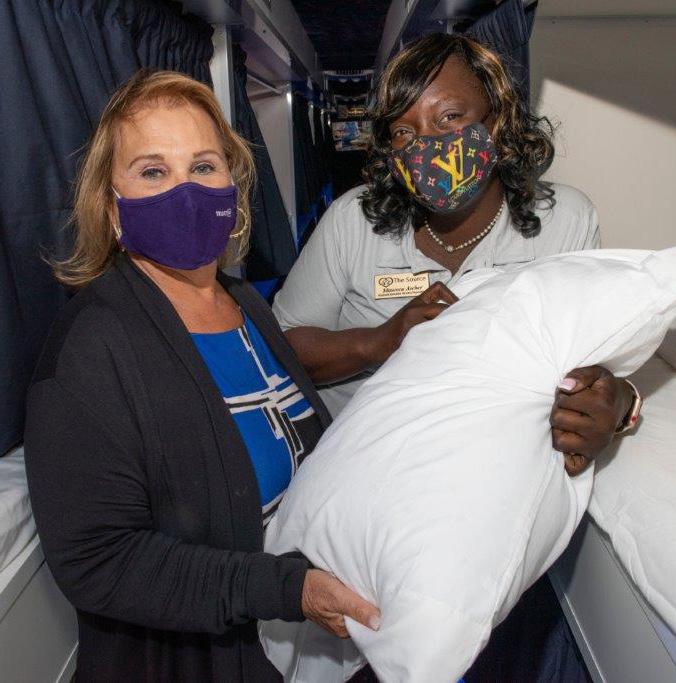
Dyer Mazda - Gives out Blankets

Adopt a pod - Donors
Banks - Pillow Drive
REPORTING
Instructions on record-keeping, including tracking usage, incidents, and success stories.
Reporting is done on Mission tracker/HMIS – list all the things that we record there� Recording is done by Linda�
TRAINING FOR STAFF
Roles and Responsibilities: Detailed descriptions of staff roles and their responsibilities�
Conflict Resolution: Strategies for resolving conflicts and de-escalating tense situations�
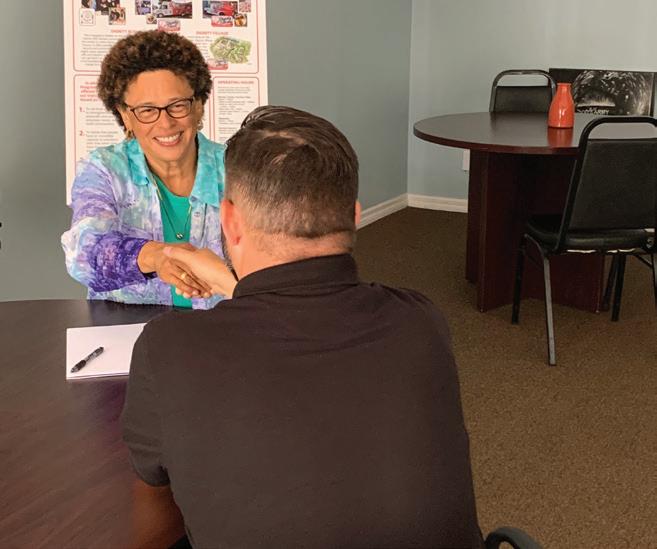
Confidentiality: Guidelines on maintaining confidentiality and respecting the privacy of guests�
HMIS Verbiage:
Emergency Response: Procedures for responding to emergencies, including medical emergencies, conflicts, or natural disasters�
Shutdown for hurricane: Transport individuals to shelters�
Golden Rule: Treat others the way you want to be treated�
RESOURCES AND SUPPORT
Review: Summary of key points from the booklet�
Further Resources: List of available manuals, websites, or contacts that can provide further support�
Bus Manual - Manual for switches
Feedback and Contact: Contact information for The Source team for any queries or feedback�
Tony Zorbaugh, Executive Director
772-564-0202
Jonathan Orozco, Dir� of Development

772-564-0202



1015 Commerce Avenue, Vero Beach, FL 32960 | iamthesource.org | 772-564-0202 Home of the Dignity Bus®





















